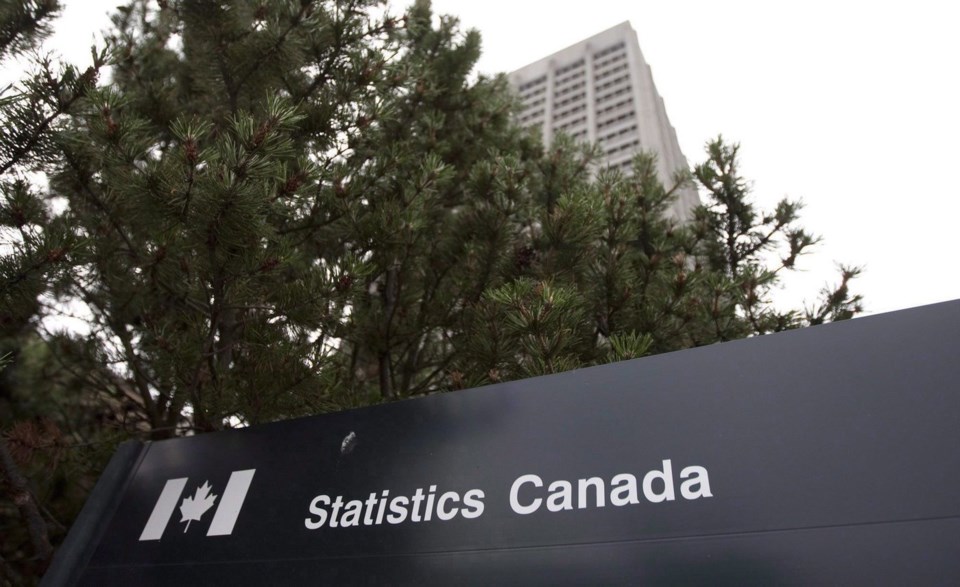OTTAWA — The Canadian economy grew more than expected in July, but the strength was short-lived as the momentum seems to have failed to carry over into August.
Statistics Canada said Friday that real gross domestic product grew 0.2 per cent in July, following essentially no change in June, helped by strength in the retail trade sector.
However, the agency said its early estimate for August suggests real GDP for the month was essentially unchanged, as strength in oil and gas extraction and the public sector were offset by weakness in manufacturing and transportation and warehousing.
TD Bank economist Marc Ercolao said more interest rate cuts are certainly on the table at the Bank of Canada's next rate decision in late October.
"For what it's worth, we don't think today's data tips the scales any more-or-less in favour of a potential 50 basis point interest rate cut, which would follow the recent move from the Federal Reserve," Ercolao wrote in a report.
"Instead, more emphasis will be placed on upcoming labour market data as well as inflation data, where the bank will be looking for signs that price growth can remain durably at two per cent."
Statistics Canada is expected to release its September jobs report on Oct. 11 and its latest figures for inflation on Oct. 15. The Bank of Canada's next interest rate decision is set for Oct. 23 when it will also update its economic forecasts in its monetary policy report.
The economic growth in July came as services-producing industries grew 0.2 per cent.
The retail trade sector was the largest contributor to overall growth as it gained one per cent, helped by the motor vehicles and parts dealers subsector which gained 2.8 per cent.
The public sector aggregate, which includes educational services, health care and social assistance, and public administration sectors, gained 0.3 per cent, while the finance and insurance sector rose 0.5 per cent.
Meanwhile, goods-producing industries gained 0.1 per cent in July as the utilities sector rose 1.3 per cent and the manufacturing sector grew 0.3 per cent.
Statistics Canada noted that wildfires affected several industries. Transportation and warehousing fell 0.4 per cent as fires in Jasper National Park and the Rocky Mountains caused suspension of rail traffic on a line passing through the park. Accommodation services also fell two per cent in July, due in part to forest fires in Western Canada.
Several iron ore mines also temporarily shut down their operations in July due to fires in Labrador and northern Quebec.
Olivia Cross, North America economist at Capital Economics, said the latest figures put the Canadian economy on track to fall short of their forecast and that of the Bank of Canada for the third quarter.
"With little sign that the economy is accelerating as the Bank of Canada had forecast, we expect that the bank will cut interest rates by 50 basis points at its October meeting," Cross wrote.
The Bank of Canada has cut its policy interest rate by a quarter of a percentage point three times this year to bring it to 4.25 per cent.
Governor Tiff Macklem has said it is reasonable to expect more interest rate cuts are coming, given the progress made on inflation, but the pace and timing of cuts will depend on the central bank's evaluation of the economic data.
This report by The Canadian Press was first published Sept. 27, 2024.
The Canadian Press

